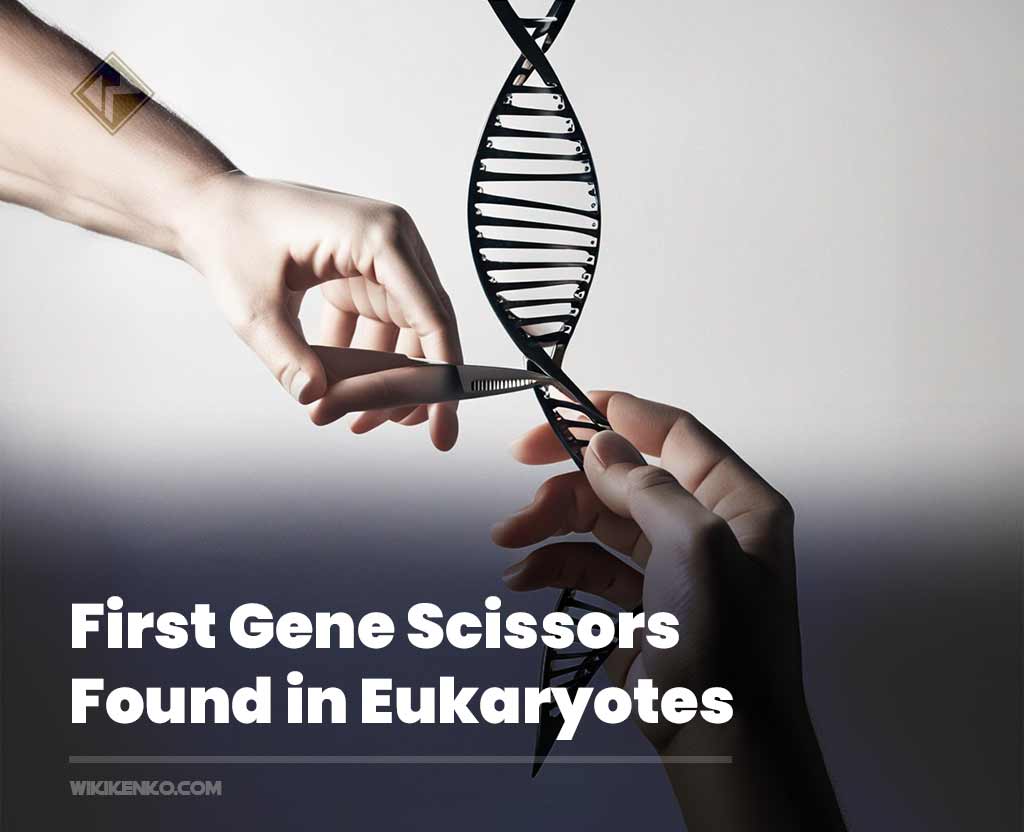Scientists have made a groundbreaking discovery in genetic research—the identification of the first gene scissors in eukaryotes. This finding marks a significant advancement in our understanding of genetic engineering and opens up new possibilities for targeted gene editing and therapeutic interventions.
Gene scissors, also known as CRISPR-Cas systems, are molecular tools that allow scientists to precisely edit genes by targeting specific DNA sequences. Until now, these gene editing systems were primarily found in bacteria and archaea. However, researchers have now identified a gene scissors system in eukaryotes, a group of organisms that includes plants, animals, and fungi, among others.
A powerful tool to modify genes
The discovery of gene scissors in eukaryotes has profound implications for genetic research and biotechnology. It provides scientists with a powerful tool to modify genes in a wide range of organisms, including those of significant scientific and agricultural importance. This breakthrough opens up avenues for developing new treatments for genetic disorders, improving crop traits, and advancing our understanding of complex biological processes.
The newly discovered gene scissors system in eukaryotes shares similarities with the CRISPR-Cas systems found in bacteria and archaea. It consists of enzymes that can recognize specific DNA sequences and molecular machinery that enables precise gene editing. By utilizing this system, scientists can potentially correct genetic mutations, disrupt disease-causing genes, or introduce beneficial traits.
While the discovery of gene scissors in eukaryotes is groundbreaking, further research is necessary to fully understand its mechanisms and potential applications. Scientists will continue to investigate how this system functions and explore its capabilities for gene editing in different organisms.
Ethical considerations
Ethical considerations and responsible use of gene editing technologies remain important in light of this discovery. The scientific community and regulatory bodies must work together to establish guidelines and frameworks to ensure the safe and ethical application of gene editing techniques.
In conclusion, the identification of the first gene scissors system in eukaryotes represents a major milestone in genetic research. This discovery expands our understanding of gene editing capabilities beyond bacteria and archaea, offering new opportunities for precise genetic modifications in diverse organisms. Further research and responsible use of this technology will be essential to unlock its full potential in various fields, including medicine, agriculture, and basic biological research.
Original source: This information was Initially covered by pharmazeutische-zeitung.de and has been translated for our readers.










